Home>Gardening & Outdoor>Landscaping Ideas>How To Plan A Garden Bed Layout
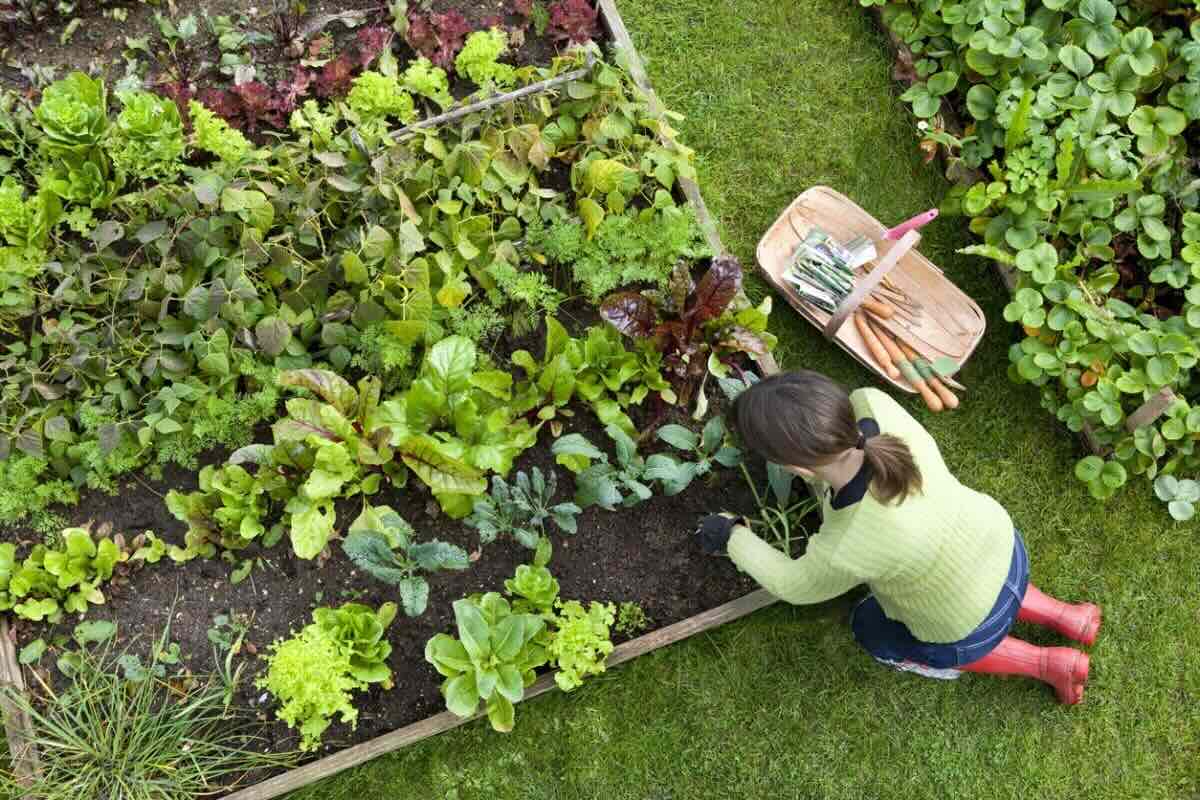

Landscaping Ideas
How To Plan A Garden Bed Layout
Modified: August 27, 2024
Learn how to create a beautiful garden bed layout with our expert landscaping ideas. Get inspired and start planning your dream garden today! Discover helpful tips and tricks.
(Many of the links in this article redirect to a specific reviewed product. Your purchase of these products through affiliate links helps to generate commission for Storables.com, at no extra cost. Learn more)
Choosing the Right Location
Selecting the ideal location for your garden bed is the crucial first step in creating a thriving and visually appealing outdoor space. The right location can significantly impact the growth and overall health of your plants and flowers. Here's how to choose the perfect spot for your garden bed:
-
Assess Sunlight Exposure: Observe the potential locations for your garden bed throughout the day to determine the amount of sunlight they receive. Most plants require at least six hours of sunlight daily, so choose a spot that offers adequate sun exposure. Keep in mind that some plants thrive in partial shade, so consider the specific sunlight needs of the plants you intend to grow.
-
Evaluate Soil Drainage: Check the drainage of the soil in each potential location. Ensure that the soil does not retain excessive water, as this can lead to root rot and other moisture-related issues. Opt for a location with well-draining soil to promote healthy plant growth.
-
Consider Proximity to Water Source: It's essential to place your garden bed within a reasonable distance from a water source, such as a hose or irrigation system. This proximity will make watering more convenient and efficient, ensuring that your plants receive adequate moisture.
-
Account for Accessibility: Choose a location that is easily accessible for maintenance tasks such as weeding, pruning, and harvesting. Accessibility is also important for enjoying the beauty of your garden bed and sharing it with others.
-
Factor in Aesthetic Appeal: Consider the visual impact of the location on your overall outdoor space. A garden bed strategically placed near a patio, deck, or outdoor seating area can enhance the ambiance of your outdoor living space.
By carefully considering these factors, you can select a location that provides the optimal growing conditions for your plants while complementing the overall design of your outdoor area. Once you've chosen the right location, you can move on to the next steps of planning your garden bed layout with confidence.
Key Takeaways:
- Choose the right location for your garden bed by considering sunlight, soil drainage, water source proximity, accessibility, and aesthetic appeal. This sets the stage for healthy plant growth and a beautiful outdoor space.
- Carefully select plant varieties based on climate, sunlight needs, visual elements, harmonization, native species, and personal preferences to create a diverse and captivating garden bed. This thoughtful approach ensures a flourishing and visually enchanting outdoor oasis.
Determining the Size and Shape of the Garden Bed
When it comes to designing a garden bed, the size and shape play a pivotal role in the overall aesthetic and functionality of the outdoor space. Determining the dimensions and layout of the garden bed requires thoughtful consideration of various factors to ensure a harmonious and visually appealing result.
Assessing Available Space
Before outlining the dimensions of the garden bed, it's essential to assess the available space in your outdoor area. Take precise measurements of the area where the garden bed will be located, considering both length and width. This step provides a clear understanding of the spatial constraints and helps in determining the maximum size the garden bed can occupy without overwhelming the surrounding landscape.
Considering Plant Varieties
The selection of plants and flowers for the garden bed significantly influences its size and shape. Different plant varieties have varying space requirements for healthy growth and visual impact. For instance, larger plants such as shrubs and ornamental trees necessitate more space, while smaller flowers and ground cover plants can thrive in closer proximity. By considering the types of plants you intend to include, you can tailor the size and shape of the garden bed to accommodate their growth patterns and spatial needs.
Creating Visual Balance
A well-proportioned garden bed contributes to the visual harmony of the outdoor space. When determining the size and shape, aim for a balanced and symmetrical layout that complements the surrounding landscape. For instance, a rectangular garden bed may align with the straight lines of a house or fence, while a curved or irregular shape can add a dynamic and organic touch to the overall design. Additionally, consider the scale of the garden bed in relation to the surrounding elements, ensuring that it enhances rather than dominates the outdoor environment.
Practical Considerations
In addition to aesthetic considerations, practical aspects such as ease of maintenance and access should also influence the size and shape of the garden bed. A width that allows for comfortable reaching and tending to plants from the edges, as well as pathways for access, are essential factors to incorporate into the design. Moreover, leaving adequate space between the garden bed and other outdoor features, such as walkways and structures, ensures a cohesive and functional layout.
By carefully evaluating the available space, plant varieties, visual balance, and practical considerations, you can determine the optimal size and shape for your garden bed. This thoughtful approach sets the foundation for a well-designed and flourishing garden bed that seamlessly integrates with your outdoor living space.
Selecting Plants and Flowers
Choosing the right plants and flowers is a pivotal aspect of planning a garden bed layout. It involves a thoughtful selection process that considers various factors to ensure a vibrant, cohesive, and thriving garden bed.
Understanding Climate and Growing Conditions
Before selecting specific plant varieties, it's crucial to understand the climate and growing conditions of your location. Different plants thrive in varying climates, such as arid, temperate, or tropical. Consider the average temperature, humidity levels, and seasonal variations to identify plants that are well-suited to your region. Additionally, assess the soil type and drainage in your garden bed area to determine which plants will flourish in these conditions.
Assessing Sunlight Requirements
Plants have distinct sunlight requirements, ranging from full sun to partial or full shade. When selecting plants and flowers, take into account the sunlight exposure in your garden bed area. Choose plant varieties that align with the available sunlight, ensuring that they receive the necessary light for healthy growth and blooming. Understanding the sunlight patterns throughout the day is essential for placing sun-loving and shade-tolerant plants strategically within the garden bed.
Considering Height, Color, and Texture
A well-designed garden bed incorporates a diverse range of plants with varying heights, colors, and textures. Taller plants, such as ornamental grasses or flowering shrubs, can serve as focal points and provide vertical interest. Meanwhile, incorporating a mix of colorful blooms and foliage adds visual appeal and seasonal interest to the garden bed. Additionally, contrasting textures, such as smooth leaves against feathery foliage, create depth and dimension within the planting scheme.
Harmonizing Plant Combinations
When selecting plants and flowers, consider how different varieties will complement each other within the garden bed. Aim for a harmonious blend of plant combinations that offer visual cohesion and balance. This can involve pairing complementary colors, contrasting foliage shapes, or creating thematic groupings based on bloom times or seasonal interest. By harmonizing plant combinations, you can create a captivating and well-coordinated garden bed that evolves throughout the year.
Incorporating Native and Adaptive Plants
Incorporating native plants and adaptive species into your garden bed offers numerous benefits. Native plants are well-adapted to the local ecosystem, requiring minimal maintenance and contributing to the overall biodiversity of the area. Additionally, adaptive plants, which thrive in similar climates, can offer resilience and sustainability to your garden bed. By including these plant varieties, you can create a low-maintenance and environmentally conscious landscape.
Personalizing with Favorite Varieties
Lastly, don't hesitate to personalize your garden bed by including your favorite plant varieties. Whether it's a beloved flower with sentimental value or a unique specimen that captures your attention, integrating personal favorites adds a meaningful touch to the garden bed. Your preferences and emotional connection to certain plants can enrich the overall gardening experience and infuse the space with a sense of individuality.
By carefully considering climate, sunlight requirements, visual elements, plant harmonization, native species, and personal preferences, you can curate a diverse and captivating selection of plants and flowers for your garden bed. This thoughtful approach sets the stage for a flourishing and visually enchanting outdoor oasis.
Read more: How To Design A Garden Bed
Considering Sunlight and Soil Conditions
When planning the layout of a garden bed, one of the most critical factors to consider is the sunlight and soil conditions in the chosen location. These elements play a pivotal role in determining the types of plants and flowers that will thrive in the garden bed, ultimately shaping the overall success and visual appeal of the outdoor space.
Sunlight Requirements
Understanding the sunlight exposure in the designated garden bed area is essential for selecting the appropriate plant varieties. Different plants have varying sunlight requirements, ranging from full sun to partial shade or full shade. By observing the sunlight patterns throughout the day, gardeners can identify areas within the garden bed that receive ample sunlight and those that are shaded for a significant portion of the day. This observation allows for strategic placement of sun-loving plants in the areas with maximum sunlight exposure, while shade-tolerant species can be positioned in locations with limited light. By aligning the sunlight requirements of plants with the specific conditions of the garden bed, gardeners can create an environment where each plant receives the optimal amount of sunlight for healthy growth and blooming.
Soil Drainage and Composition
In addition to sunlight, the soil conditions within the garden bed area significantly impact the selection and growth of plants and flowers. Assessing the soil drainage and composition is crucial for understanding the water retention and nutrient-holding capacity of the soil. Well-draining soil is essential for preventing waterlogged conditions that can lead to root rot and other moisture-related issues. By ensuring proper soil drainage, gardeners can create an environment where plant roots can access oxygen and essential nutrients, promoting healthy growth and vitality.
Moreover, evaluating the soil composition, including its pH level and nutrient content, provides insight into the types of plants that will thrive in the specific soil conditions. Some plants prefer acidic soil, while others thrive in alkaline or neutral soil. Understanding the soil composition allows gardeners to select plant varieties that are well-suited to the existing soil conditions, reducing the need for extensive soil amendments and enhancing the overall resilience of the garden bed.
By carefully considering the sunlight exposure and soil conditions, gardeners can make informed decisions regarding plant selection and placement within the garden bed. This thoughtful approach ensures that the chosen plants and flowers are well-matched to the environmental conditions, setting the stage for a flourishing and visually captivating garden bed.
Creating a Pathway and Access Points
In the process of planning a garden bed layout, the incorporation of pathways and access points holds significant importance, contributing to both the practical functionality and aesthetic appeal of the outdoor space. A well-designed pathway not only facilitates movement and access within the garden bed but also adds a defining element that enhances the overall visual allure of the landscape.
Read more: How To Mulch A Garden Bed
Pathway Design and Material Selection
The design of the pathway should harmonize with the overall style and theme of the garden bed. Whether opting for a formal, structured pathway or a more organic and meandering trail, the chosen design should complement the surrounding elements while guiding visitors through the garden bed with ease. Additionally, the selection of pathway materials plays a crucial role in defining the character of the space. Options such as natural stone pavers, gravel, brick, or mulch offer diverse textures and colors, allowing for customization that aligns with the desired aesthetic and practical considerations.
Access Points for Maintenance and Enjoyment
Strategic placement of access points within the garden bed is essential for practical maintenance tasks and the enjoyment of the outdoor space. These access points should provide convenient entry for tending to plants, allowing for efficient weeding, pruning, and watering. Moreover, integrating access points near seating areas or focal points within the garden bed encourages interaction with the natural beauty of the space, creating inviting spots for relaxation and contemplation.
Incorporating Curved and Straight Path Segments
The incorporation of both curved and straight path segments within the garden bed layout adds visual interest and dynamic flow to the overall design. Curved pathways create a sense of intrigue and discovery, guiding visitors through the garden bed while revealing new perspectives and hidden plantings. On the other hand, straight paths offer a sense of structure and formality, defining specific areas within the garden bed and providing clear navigation through the space.
Lighting and Safety Considerations
Incorporating lighting along the pathway enhances the garden bed's allure during evening hours while providing safety and visibility for evening strolls or outdoor gatherings. Options such as solar-powered lanterns, low-voltage pathway lights, or subtle uplighting can illuminate the pathway, creating a captivating ambiance and ensuring safe navigation. Additionally, the strategic placement of lighting fixtures can accentuate focal points and plantings, adding depth and dimension to the garden bed's nighttime appeal.
Read more: How To Create A Garden Bed
Blending Pathways with Plantings
Integrating the pathway seamlessly with the surrounding plantings creates a cohesive and harmonious visual composition. Softening the edges of the pathway with low-growing ground cover plants or ornamental grasses adds a natural and organic touch, blurring the distinction between the hardscape and the living elements. This integration fosters a sense of unity within the garden bed, allowing the pathway to coexist harmoniously with the lush greenery and vibrant blooms.
By thoughtfully considering pathway design, access points, path segments, lighting, and integration with plantings, gardeners can create a captivating and functional pathway system within the garden bed. This approach ensures that the pathway not only facilitates movement and maintenance but also enriches the overall beauty and allure of the outdoor space, inviting visitors to embark on a sensory journey through the flourishing garden bed.
Implementing a Watering System
Implementing an efficient and reliable watering system is a fundamental aspect of garden bed planning, essential for sustaining the health and vitality of plants and flowers. A well-designed watering system not only simplifies the task of watering but also ensures that plants receive consistent moisture, promoting robust growth and blooming. Here's a comprehensive guide to implementing a watering system that caters to the specific needs of your garden bed.
Assessing Watering Requirements
Before selecting a watering system, it's crucial to assess the watering requirements of the plants within the garden bed. Different plant varieties have varying moisture needs, with some requiring frequent watering while others thrive in drier conditions. By understanding the specific watering needs of the plants, gardeners can tailor the watering system to deliver the appropriate amount of moisture, promoting optimal growth and blooming.
Drip Irrigation Systems
Drip irrigation systems offer a precise and efficient method of delivering water directly to the root zones of plants. These systems consist of tubing with strategically placed emitters that dispense water slowly and evenly, minimizing water wastage through evaporation or runoff. Drip irrigation systems can be customized to accommodate the layout of the garden bed, ensuring that each plant receives the necessary hydration without overwatering or creating waterlogged conditions.
Read more: How To Dig A Garden Bed
Soaker Hoses
Soaker hoses provide a simple and cost-effective solution for watering garden beds, particularly for larger areas with diverse plantings. These porous hoses release water along their entire length, delivering a gentle and uniform soaking to the soil. By positioning soaker hoses strategically within the garden bed, gardeners can establish a consistent watering routine that promotes deep root penetration and reduces surface evaporation, fostering resilient and drought-tolerant plants.
Automated Timers
Incorporating automated timers into the watering system offers convenience and precision, allowing gardeners to schedule watering sessions at optimal times. Automated timers can be integrated with drip irrigation systems, soaker hoses, or traditional sprinklers, providing the flexibility to adjust watering frequency and duration based on the seasonal needs of the plants. This automation not only simplifies the task of watering but also ensures that plants receive consistent moisture, even during periods of absence.
Rainwater Harvesting
For environmentally conscious gardeners, rainwater harvesting presents an eco-friendly approach to supplementing the watering needs of the garden bed. By installing rain barrels or cisterns, collected rainwater can be utilized for garden irrigation, reducing reliance on municipal water sources and conserving valuable resources. Incorporating a rainwater harvesting system into the garden bed promotes sustainability and self-sufficiency while providing plants with natural, chemical-free hydration.
Mulching for Water Conservation
In conjunction with the watering system, applying a layer of organic mulch to the garden bed surface offers numerous benefits for water conservation. Mulch helps retain soil moisture by reducing evaporation, moderating soil temperature, and suppressing weed growth. By conserving moisture and promoting a healthy soil environment, mulching complements the watering system, contributing to the overall resilience and vitality of the garden bed.
By integrating a tailored watering system that aligns with the specific needs of the garden bed, gardeners can establish an environment where plants thrive and flourish. This thoughtful approach to watering not only simplifies maintenance but also fosters a sustainable and resilient outdoor oasis, where the beauty of nature is nurtured through efficient and mindful hydration.
Read more: How To Winterize A Garden Bed
Adding Decorative Elements
Incorporating decorative elements into a garden bed elevates its visual appeal and infuses the outdoor space with personality and charm. These elements serve as focal points, adding character and creating a captivating ambiance within the garden bed. From artistic accents to functional embellishments, the careful selection and placement of decorative elements contribute to the overall beauty and allure of the landscape.
Sculptural Artistry
Integrating sculptural art pieces within the garden bed introduces a captivating dimension that captures attention and sparks visual interest. Sculptures, statues, and ornamental structures can serve as striking focal points, adding a sense of artistry and sophistication to the outdoor environment. Whether opting for classical marble sculptures, contemporary metal art, or whimsical garden ornaments, the chosen pieces should harmonize with the overall theme and style of the garden bed, enhancing its aesthetic allure.
Architectural Features
Architectural elements such as trellises, arbors, and pergolas offer both functional and decorative benefits within the garden bed. These structures provide support for climbing plants, adding vertical interest and creating enchanting vertical gardens. Additionally, they define spatial zones within the garden bed, offering secluded areas for relaxation and contemplation. By integrating architectural features, gardeners can introduce a sense of structure and elegance while fostering the growth of climbing vines and flowering climbers.
Water Features
The inclusion of water features, such as fountains, birdbaths, or small ponds, introduces a serene and tranquil ambiance to the garden bed. The gentle sound of flowing water and the mesmerizing reflections create a soothing atmosphere, inviting visitors to unwind and connect with nature. Water features also attract wildlife, such as birds and butterflies, adding a dynamic and lively element to the garden bed. Whether opting for a minimalist fountain or a naturalistic pond, the strategic placement of water features enhances the sensory experience and enriches the overall beauty of the outdoor space.
Read more: How To Start A Garden Bed
Decorative Planters and Containers
Decorative planters and containers offer a versatile means of adding color, texture, and mobility to the garden bed. These vessels provide opportunities for showcasing seasonal blooms, ornamental grasses, and cascading foliage, creating dynamic focal points throughout the space. By selecting planters in varying sizes, shapes, and materials, gardeners can introduce a diverse array of plantings while accentuating specific areas within the garden bed. Additionally, the mobility of planters allows for flexible repositioning, enabling gardeners to experiment with different arrangements and compositions.
Artistic Lighting
Integrating artistic lighting elements within the garden bed extends its allure into the evening hours, creating a captivating nocturnal landscape. Options such as decorative lanterns, string lights, and subtle uplighting accentuate the architectural and botanical features, adding depth and drama to the outdoor environment. Artistic lighting not only enhances the visual impact of the garden bed but also extends its functionality, allowing for evening gatherings and enchanting strolls amidst the illuminated beauty of the space.
By thoughtfully incorporating sculptural artistry, architectural features, water elements, decorative planters, and artistic lighting, gardeners can transform the garden bed into a captivating and enchanting outdoor sanctuary. These decorative elements not only enhance the visual allure of the space but also create a multi-sensory experience that invites visitors to immerse themselves in the natural beauty and artistic expression of the garden bed.
Frequently Asked Questions about How To Plan A Garden Bed Layout
Was this page helpful?
At Storables.com, we guarantee accurate and reliable information. Our content, validated by Expert Board Contributors, is crafted following stringent Editorial Policies. We're committed to providing you with well-researched, expert-backed insights for all your informational needs.
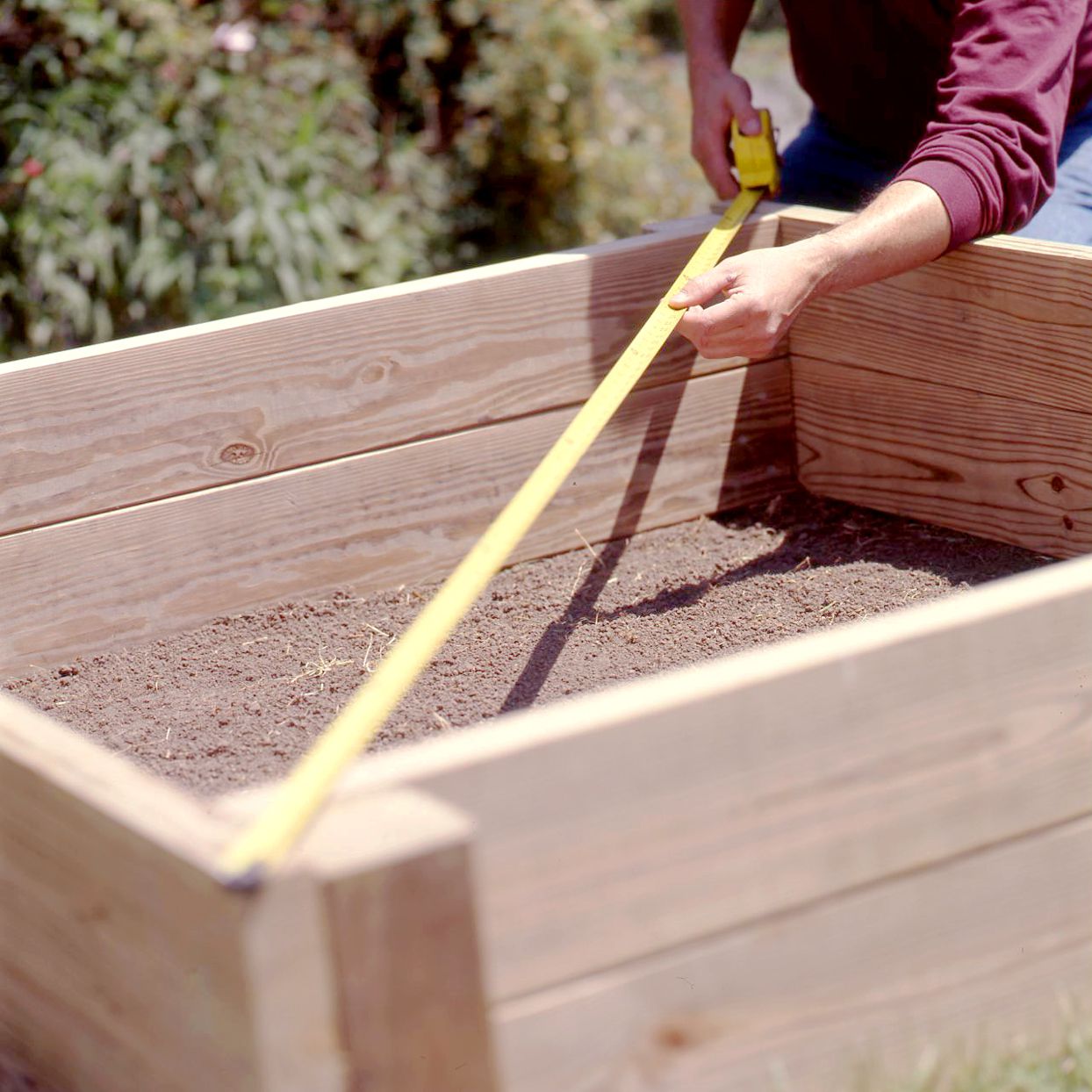
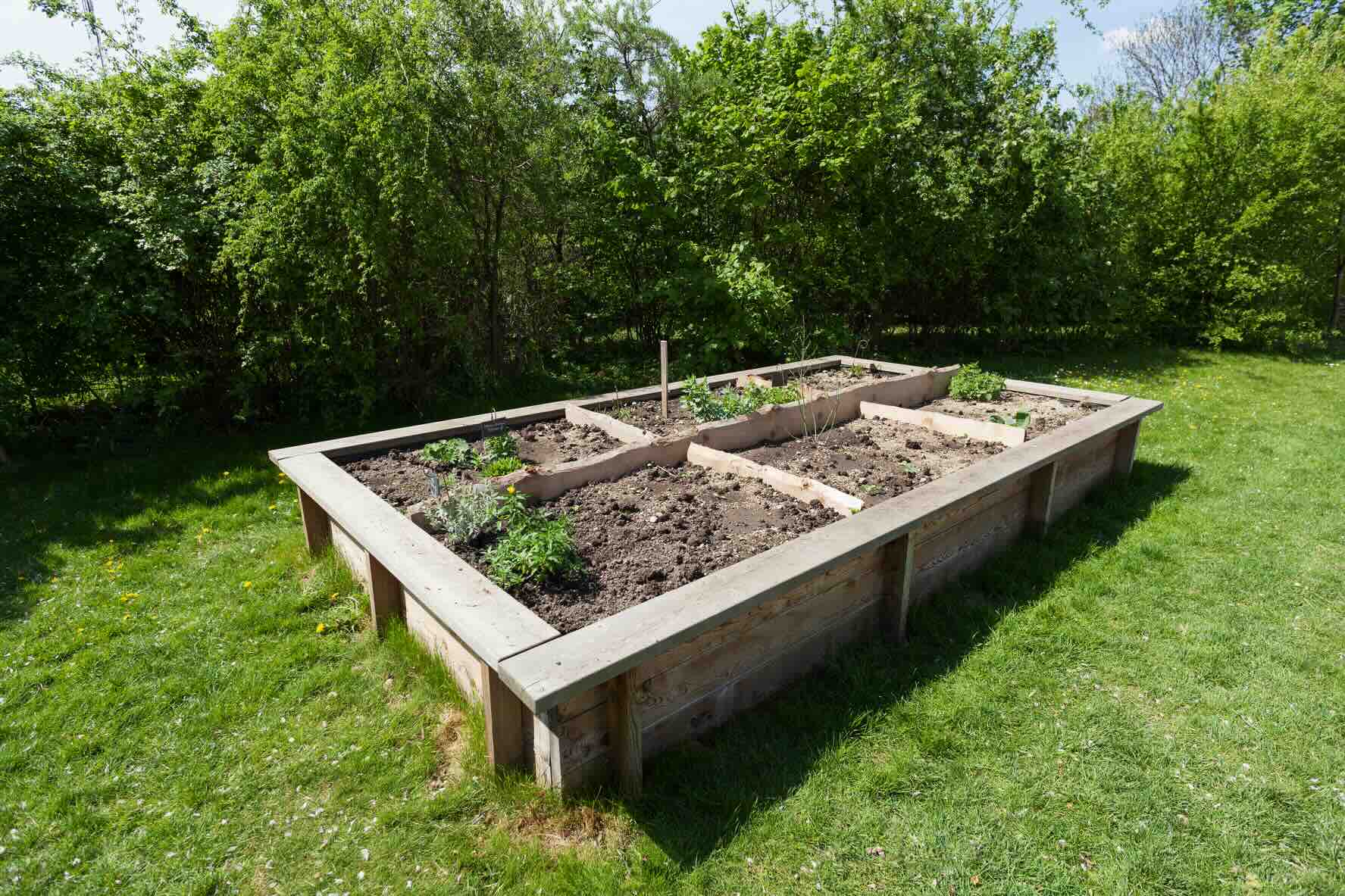
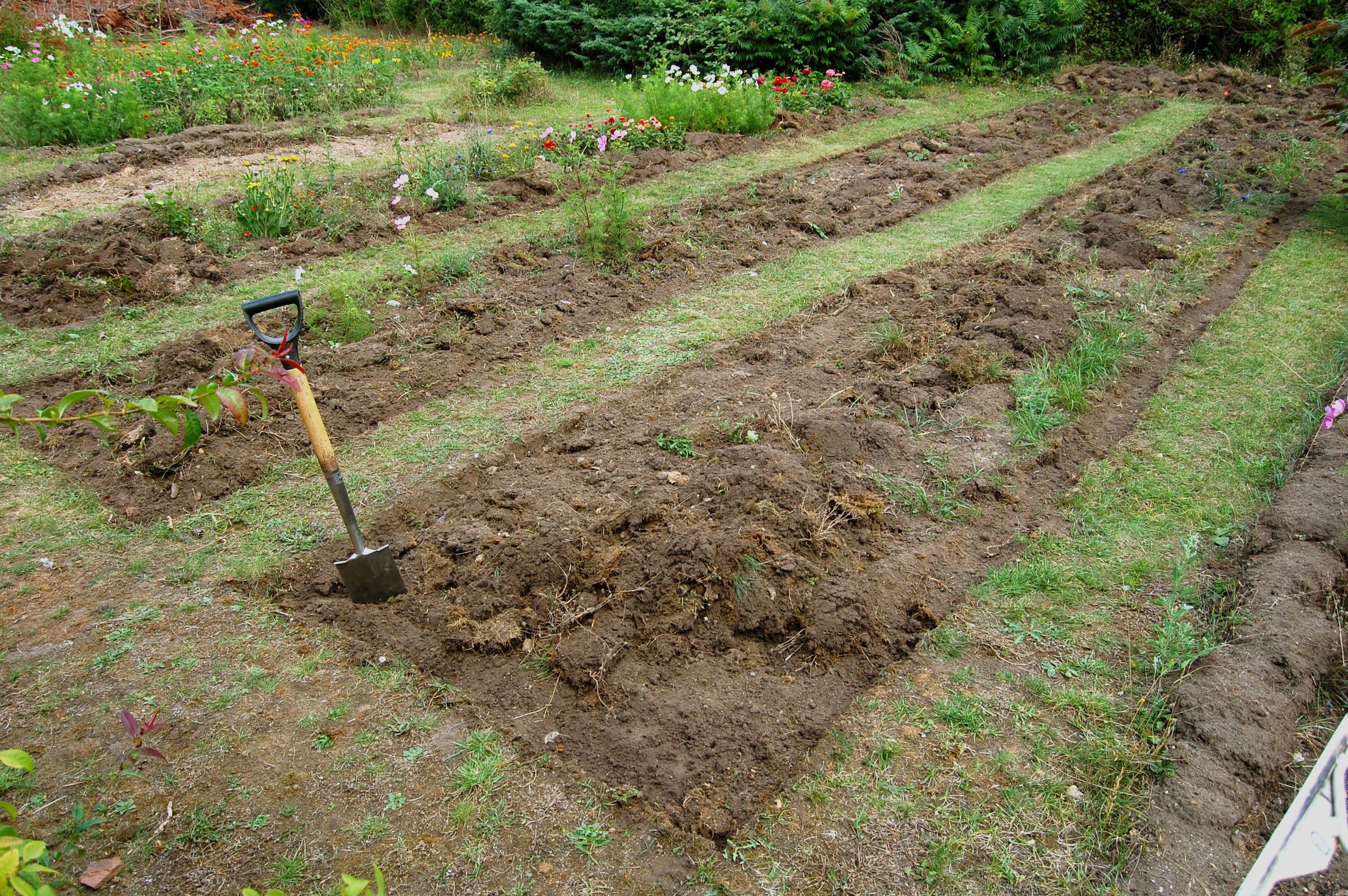
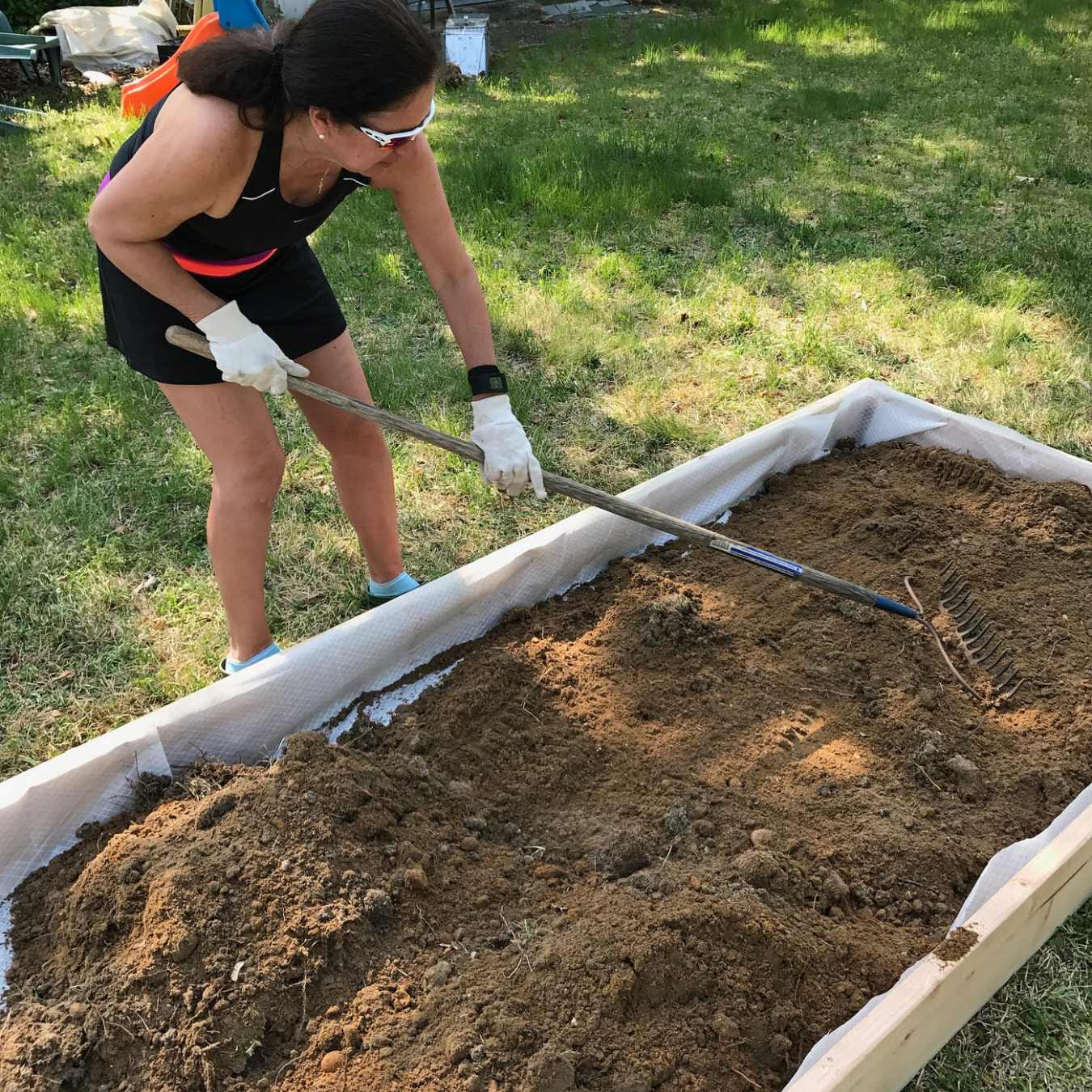
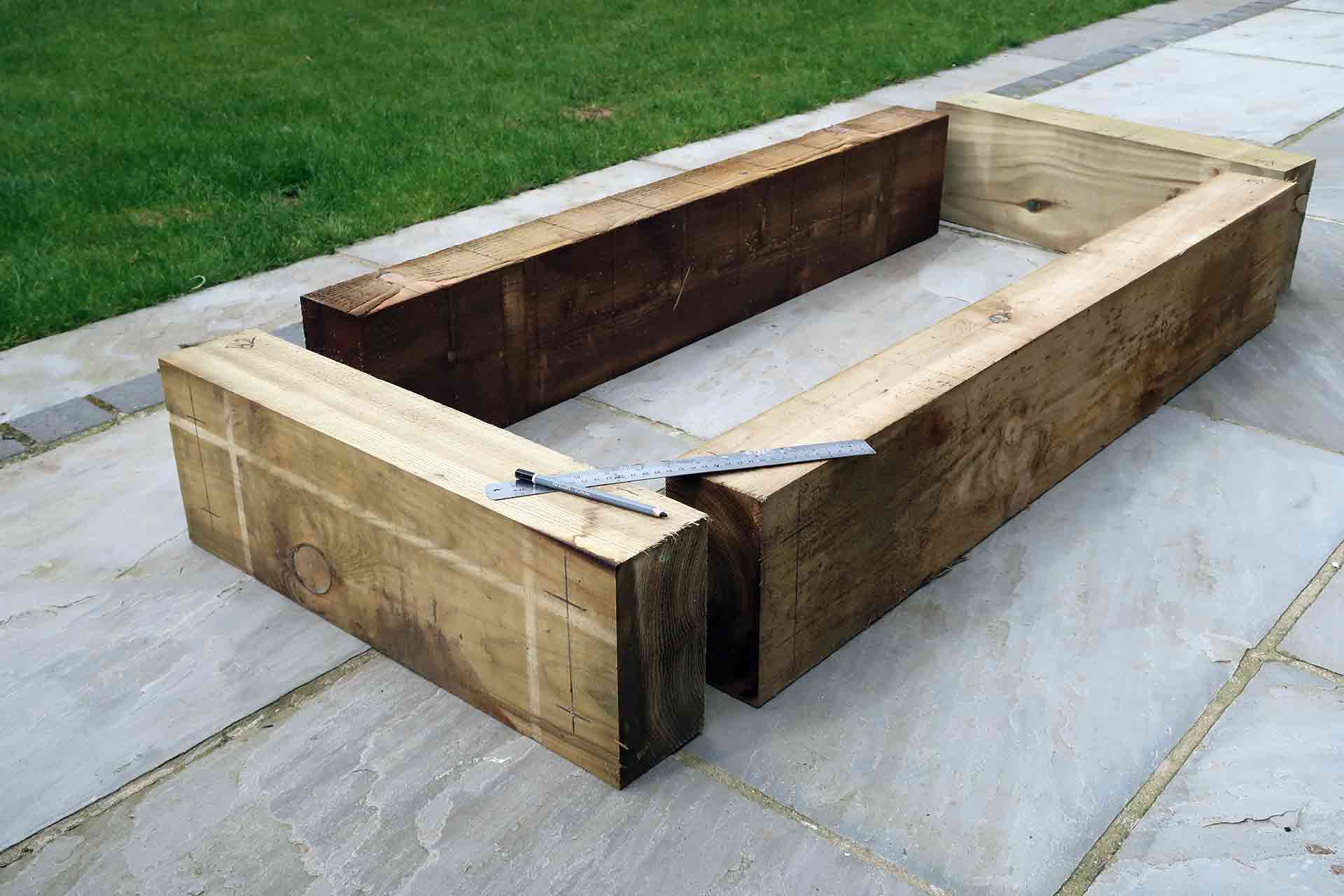
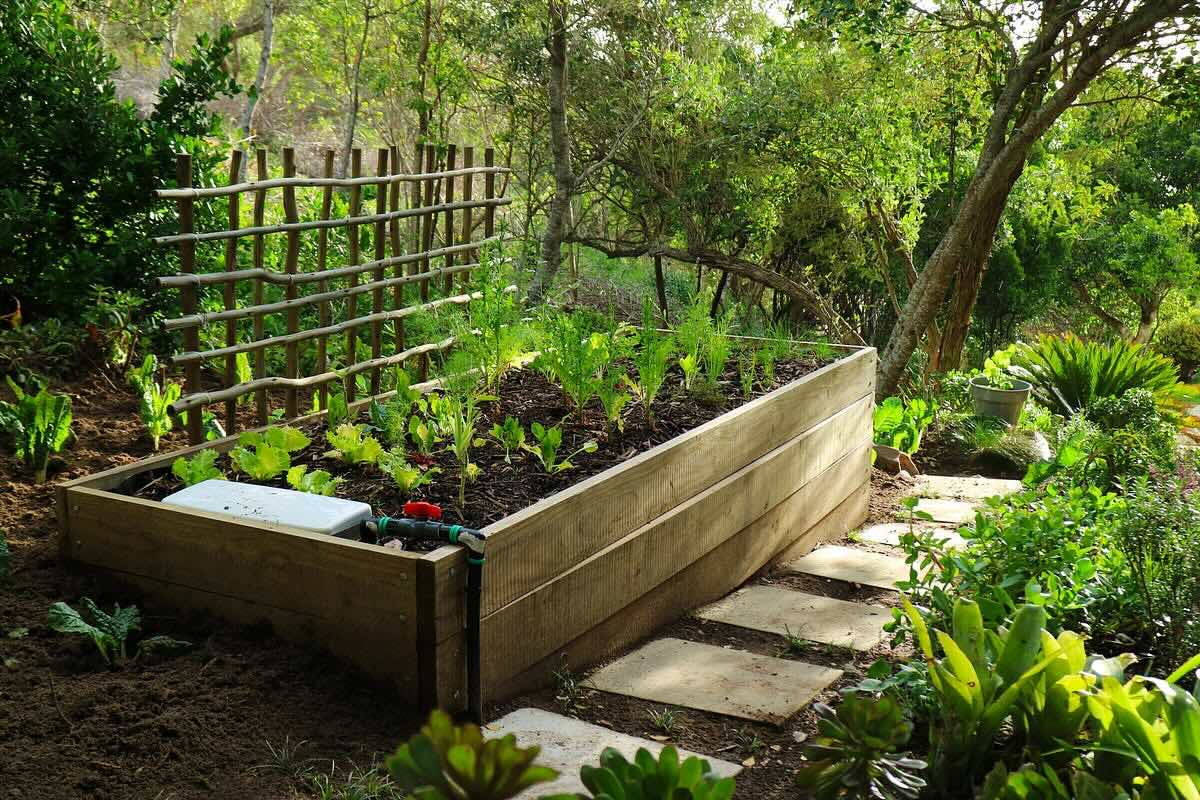
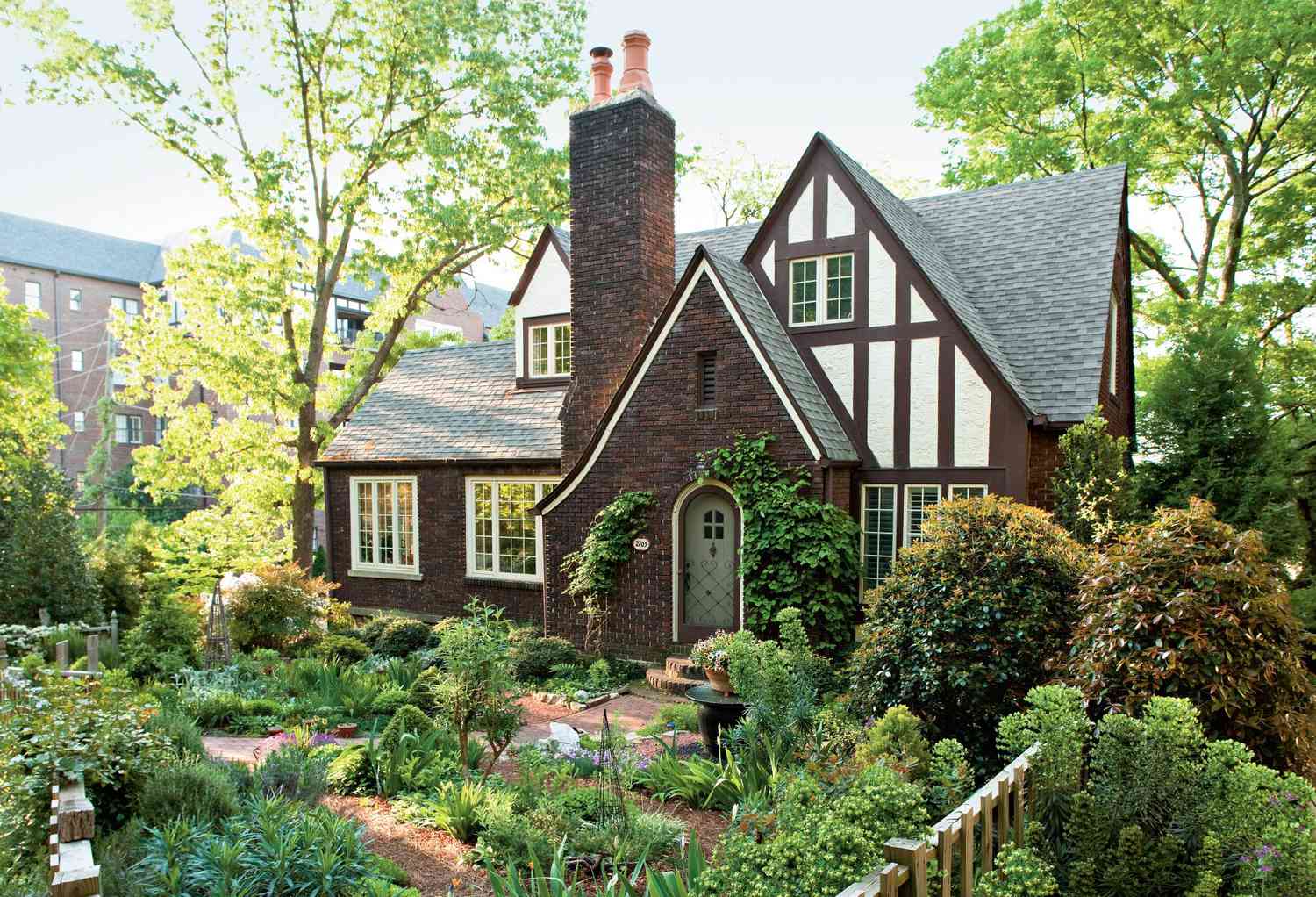

0 thoughts on “How To Plan A Garden Bed Layout”